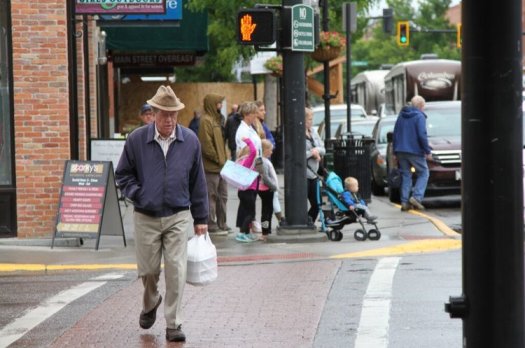Which kind of gentrifier are you? We have to admit if the shoe fits…
If you were been born in your city, chances are you’re not one. But pretty much anyone, particularly white, middle or upper income, who has moved into a city just as it’s beginning to be revived could be considered a gentrifier. Who wouldn’t want to live in a city where housing is affordable, as coffee shops and galleries are springing up? BUT:
“The systemic racism behind the depressed real estate values benefiting the gentrifier is one reason why gentrification is considered, as I often say, a four-letter word. Both middle-class residents who are resisting gentrification and those who are enjoying it will inevitably — in some way — reinforce these injustices.”
Four Types of Gentrifiers You See in Your Neighborhood
https://nextcity.org/daily/entry/types-of-gentrifiers-you-see-in-your-neighborhood







